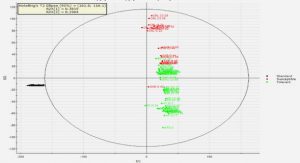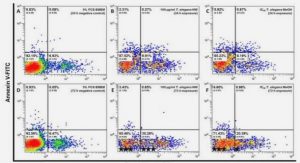Get Complete Project Material File(s) Now! »
Product testing
To validate the analytical calculation and the simulation performed in COSMOS Motion test data had to be collected. A number of tests had already been performed at the company and those values were assumed to be accurate.
Clinch position
Before the product is delivered it undergoes a validation test to ensure its performance. This is done in a rig where the position of the clinch unit is mapped by a laser and the power consumption is recorded. The information is saved to a data file and plotted by the test software. For this project the position of the clinch unit with respect to time was vital. Therefore a test session was carried out using the highest sampling frequency available by the test software and the data was imported into Matlab for examination. The function of the laser and the mapping software were assumed to be accurate and the only source of error is vibrations in the test rig. For complete position and velocity plots see Attachment IV.
Unlocking force
The force transmitted to the clinch housing during the clinching procedure is assumed to be equal to the force required to unlock the locking plate and catapult the clinch upwards. A test session had been performed by the company to measure the required force for different configurations of locking shafts and clinch housings. The test was performed by placing a hook in the rack of the clinch unit. The hook pulled the clinch bracket upwards and the force was gradually increased until the lock was released. The deflection of the clinch housing was also measured.
The data in Table 1 is valid for the current configuration of clinch and shafts.
1 INTRODUCTION
1.1 PURPOSE AND AIMS
2 METHOD
3 BACKGROUND
3.1 PRODUCT DESCRIPTION
4 PRODUCT TESTING
4.1 CLINCH POSITION
5 MECHANICAL SYSTEM
5.1 SCISSORS AND CAM
5.2 LOCKING
5.3 STAPLE BRACKET LOCKING
6 DETAIL DESCRIPTION
6.1 CLINCH HOUSING ASSEMBLY
7 ANALYTICAL MODEL
7.1 PROBLEM STATEMENT
7.2 PART I
7.3 PART II
8 COSMOSMOTION SIMULATION
8.1 BACKGROUND
8.2 PROBLEM STATEMENT
8.3 MODELING
8.4 RESULTS
9 RESULT COMPARISON
GET THE COMPLETE PROJECT
Simulation of a Clinch Unit by using Cosmos and Abaqus






